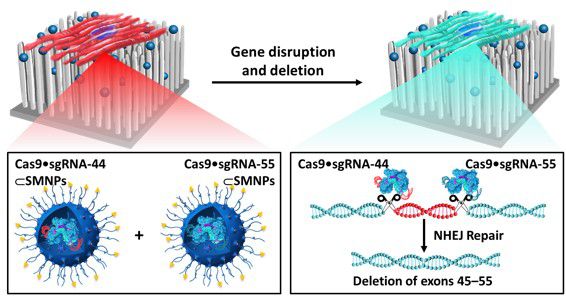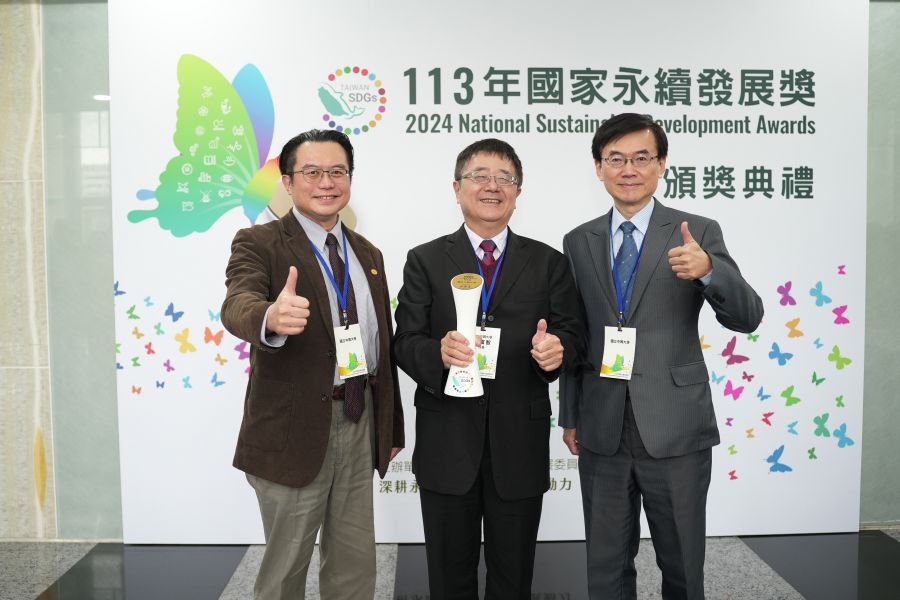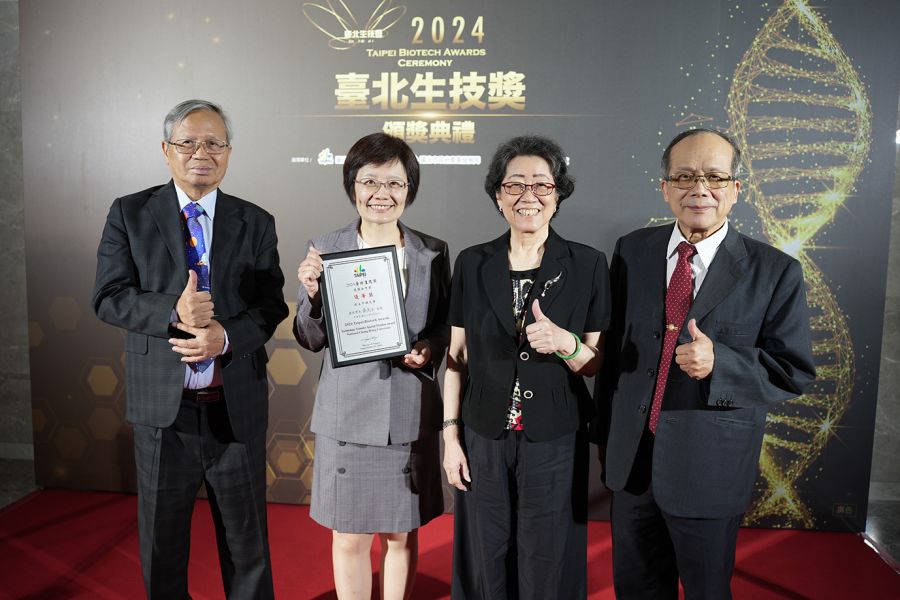A forward-looking research team composed of Chin-Fa Lee(李進發), a lifetime distinguished professor and head of the Department of Chemistry, National Chung Hsing University, together with Professor Paul S. Weiss, former director of the CNSI at the University of California, Los Angeles (UCLA), and Professor Hsian-Rong Tseng from the Graduate Institute of Molecular and Medical Pharmacology, used nanotechnology to significantly improve the delivery efficiency of the CRISPR/Cas9 gene editing system to target cells. This technology provides the solutions for the clinical treatment of patients with genetic diseases, and the results were published in the international authoritative journal "Small" in June.
Last year, the Nobel Prize winner in chemistry was affirmed for the discovery of the CRISPR/Cas9 gene editing system. The main inspiration came from the existing genome editing system in bacteria. When a bacteria is infected by a virus, it will encode the viral DNA into its own genome. Afterwards in the face of the same virus, the harmful viruses can be identified and cut off, also known as "gene scissors", which can accurately change the DNA of the animals, plants, and microorganisms.
Chin-Fa Lee said that the rapid and effective CRISPR/Cas9 gene editing technology has been widely used in basic research, biotechnology product development and medical research. However, the off-target effect and the selection of delivery tools are the main keys to the urgent need for breakthroughs in this technology. Especially in the treatment of medical gene diseases, the possible side effects of off-target effects will affect the development of CRISPR technology in clinical applications. Therefore, the development of carriers for the efficient delivery strategies is an important frontier research in this field.
This research uses molecular recognition technology to promote the aggregation of supramolecular nanoparticles in nanowires, ensuring the efficiency of gene editing by the CRISPR/Cas9 system, and also reducing the off-target effects. This research result not only provides the revolutionary new ideas and new hopes for the treatment of genetic diseases, but also has the potential to be widely used in the related fields such as basic medicine, pharmacology, biology, and agricultural technology, which has attracted international attention.
Link to the paper: https://onlinelibrary.wiley.com/doi/10.1002/smll.202100546
Figure. CRISPR / Cas9- mediated deletion of exons 45-55 of dystrophin gene in human cells using the SNMD strategy
Repost Link: https://www2.nchu.edu.tw/en-news-detail/id/378







